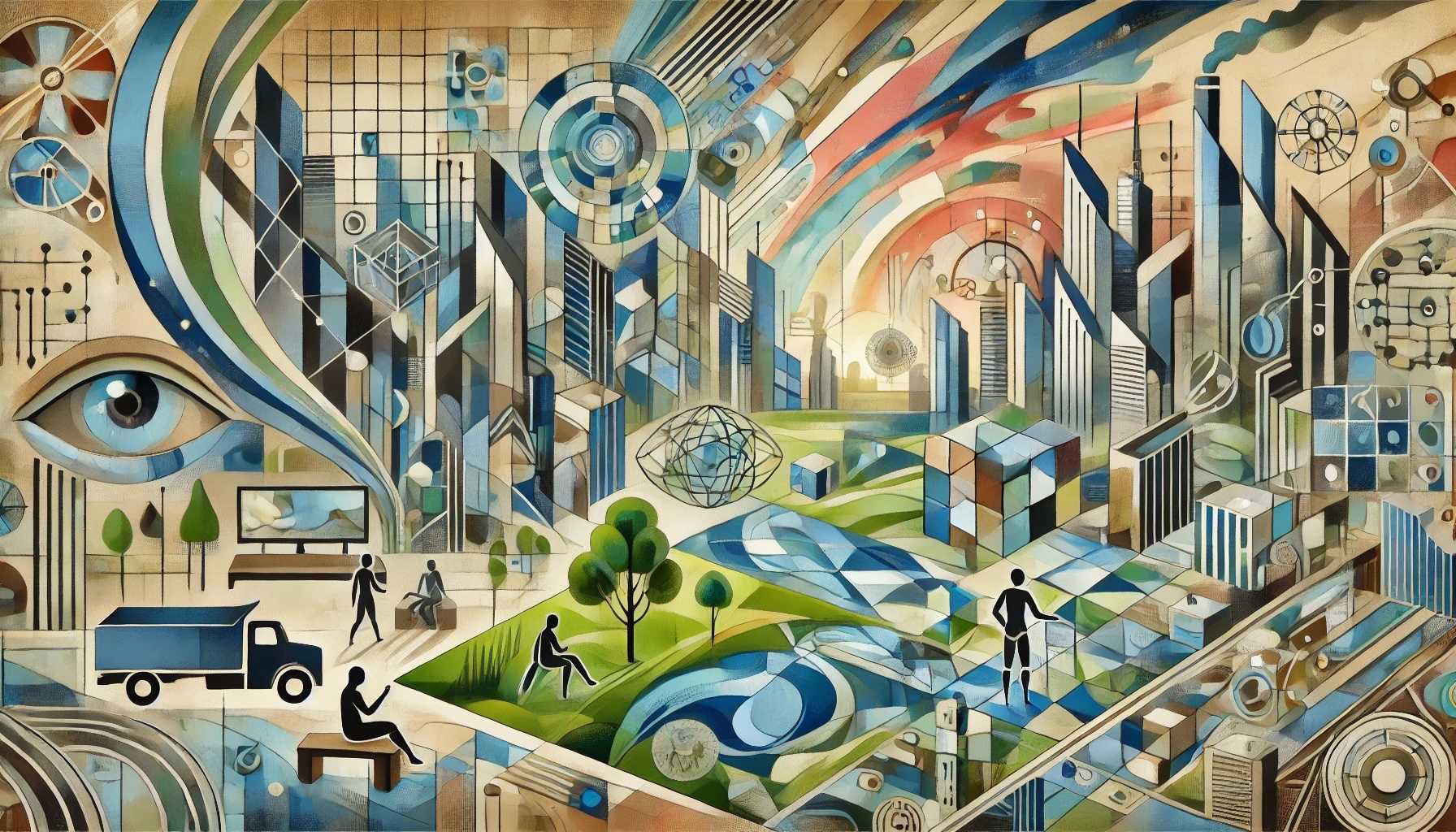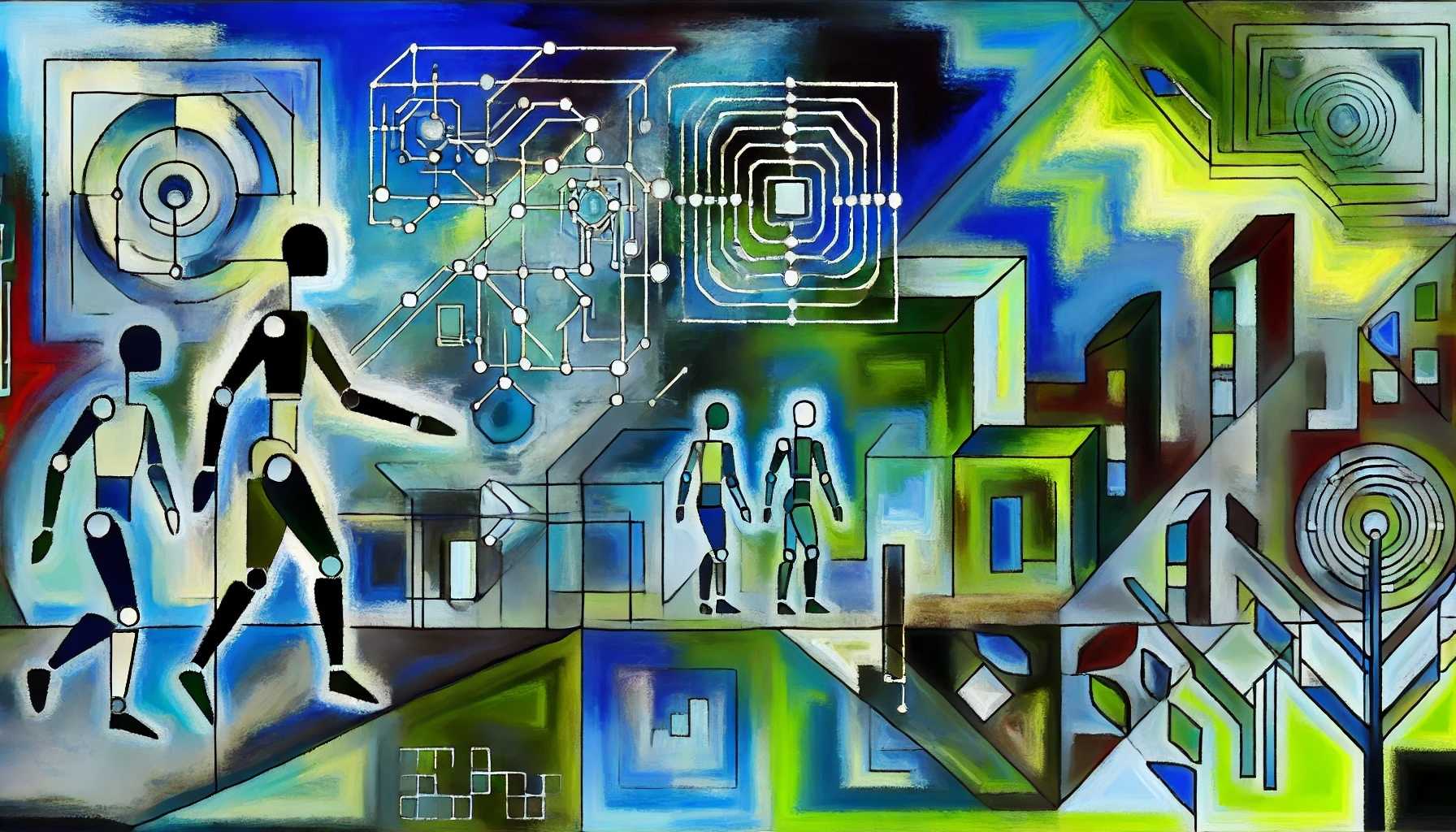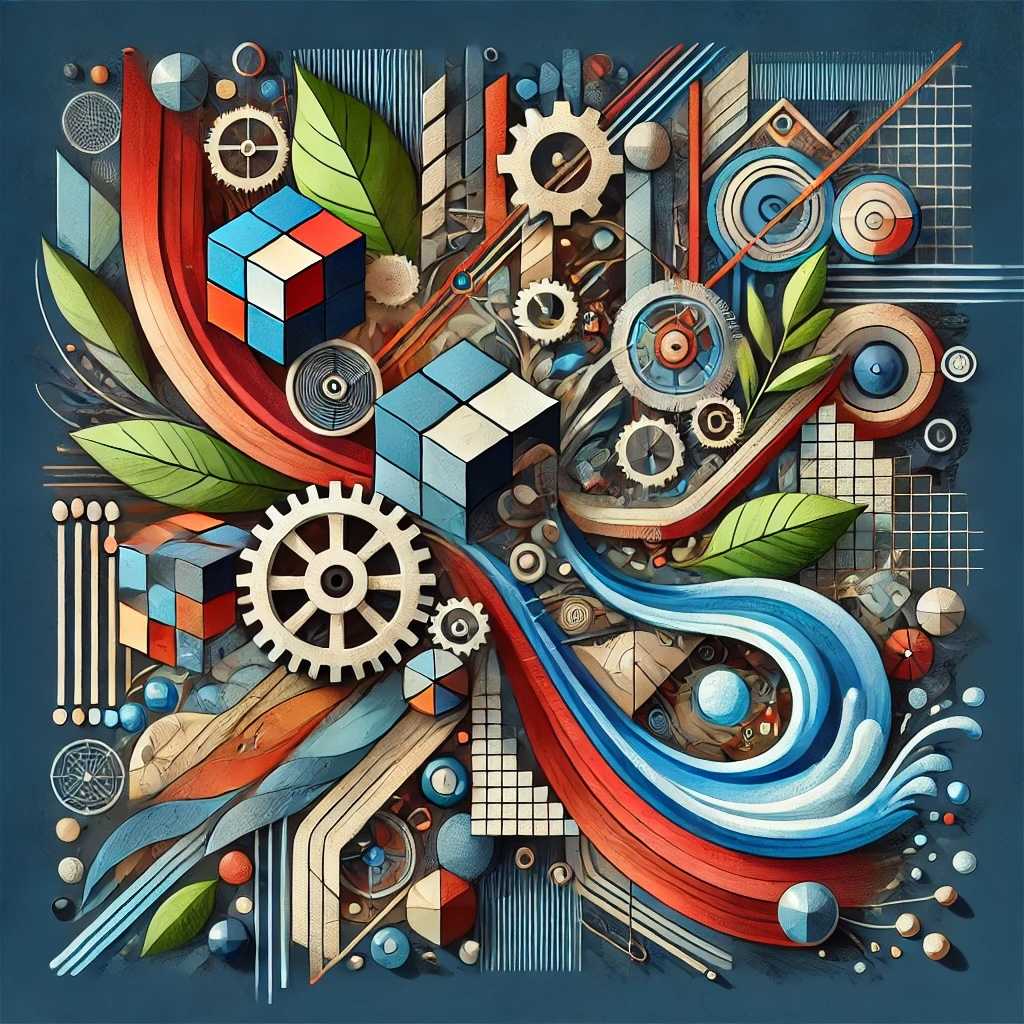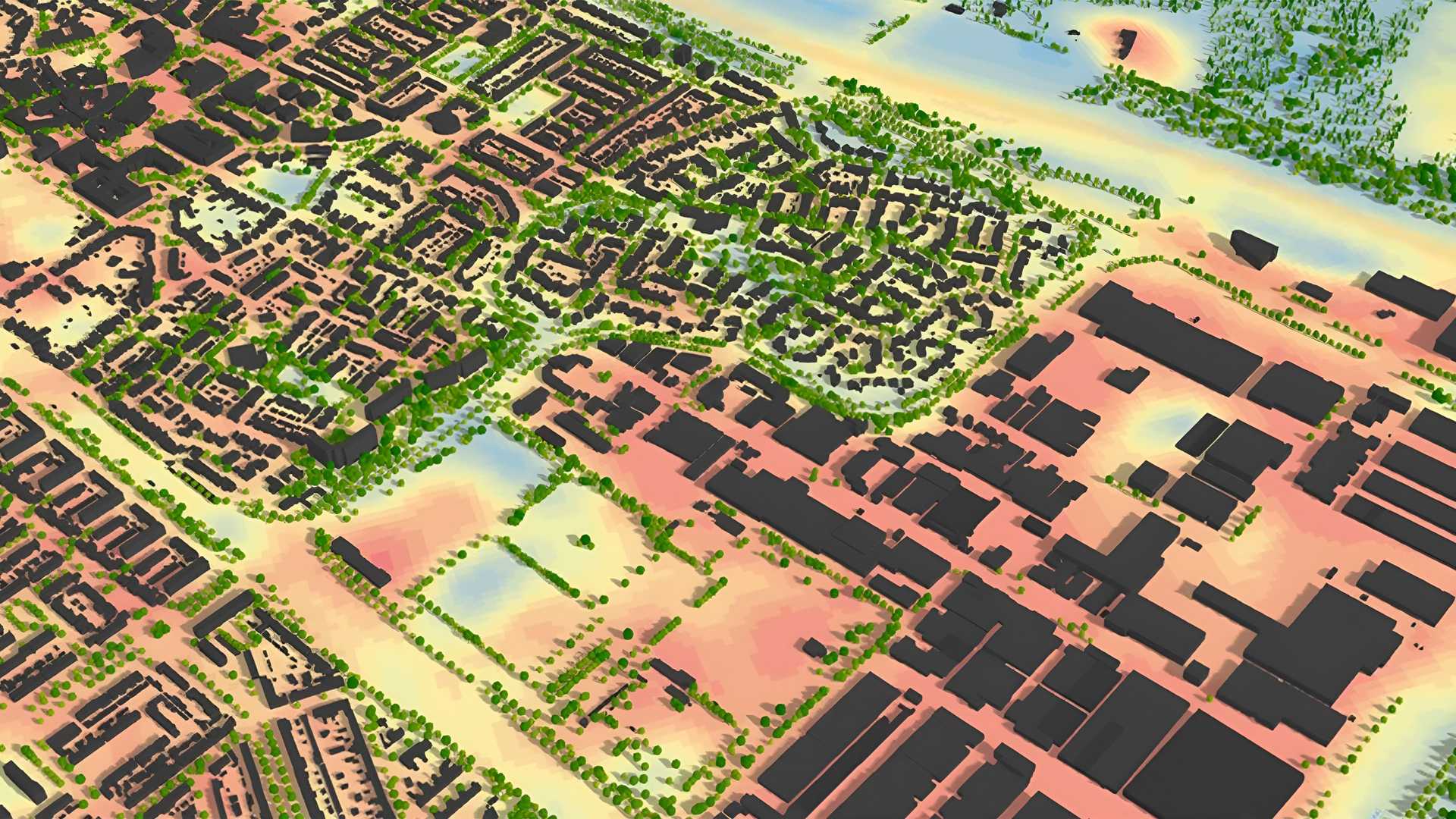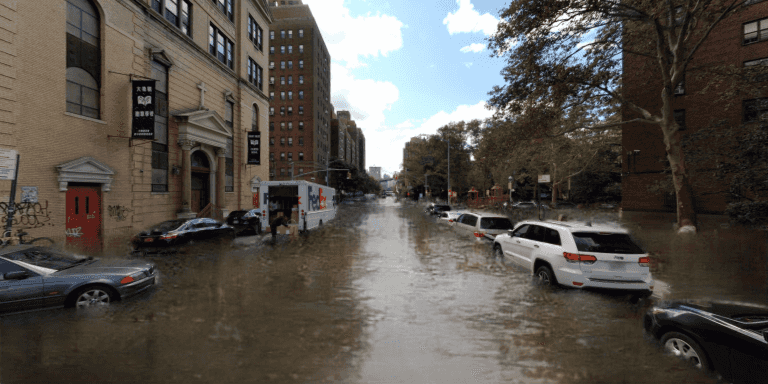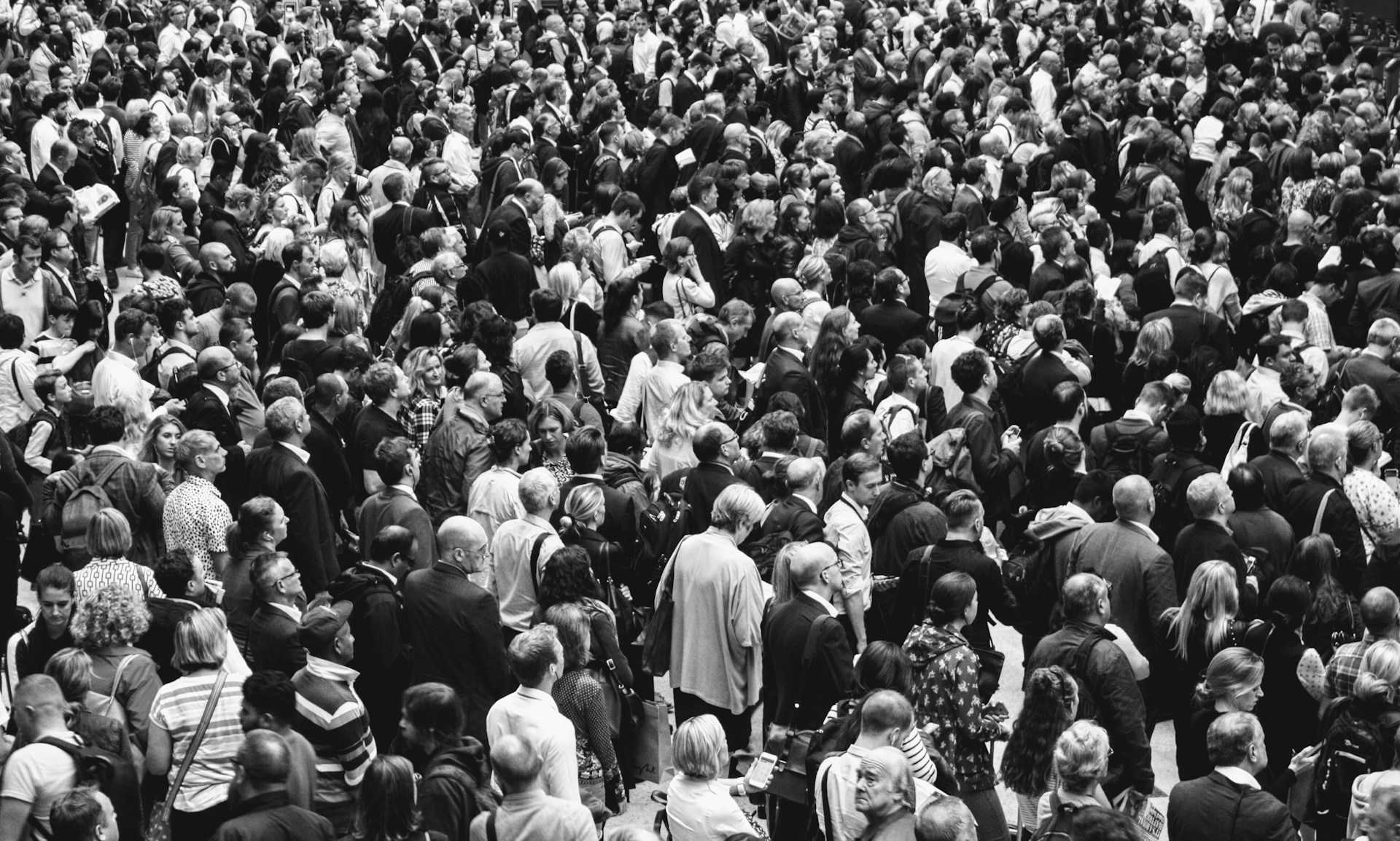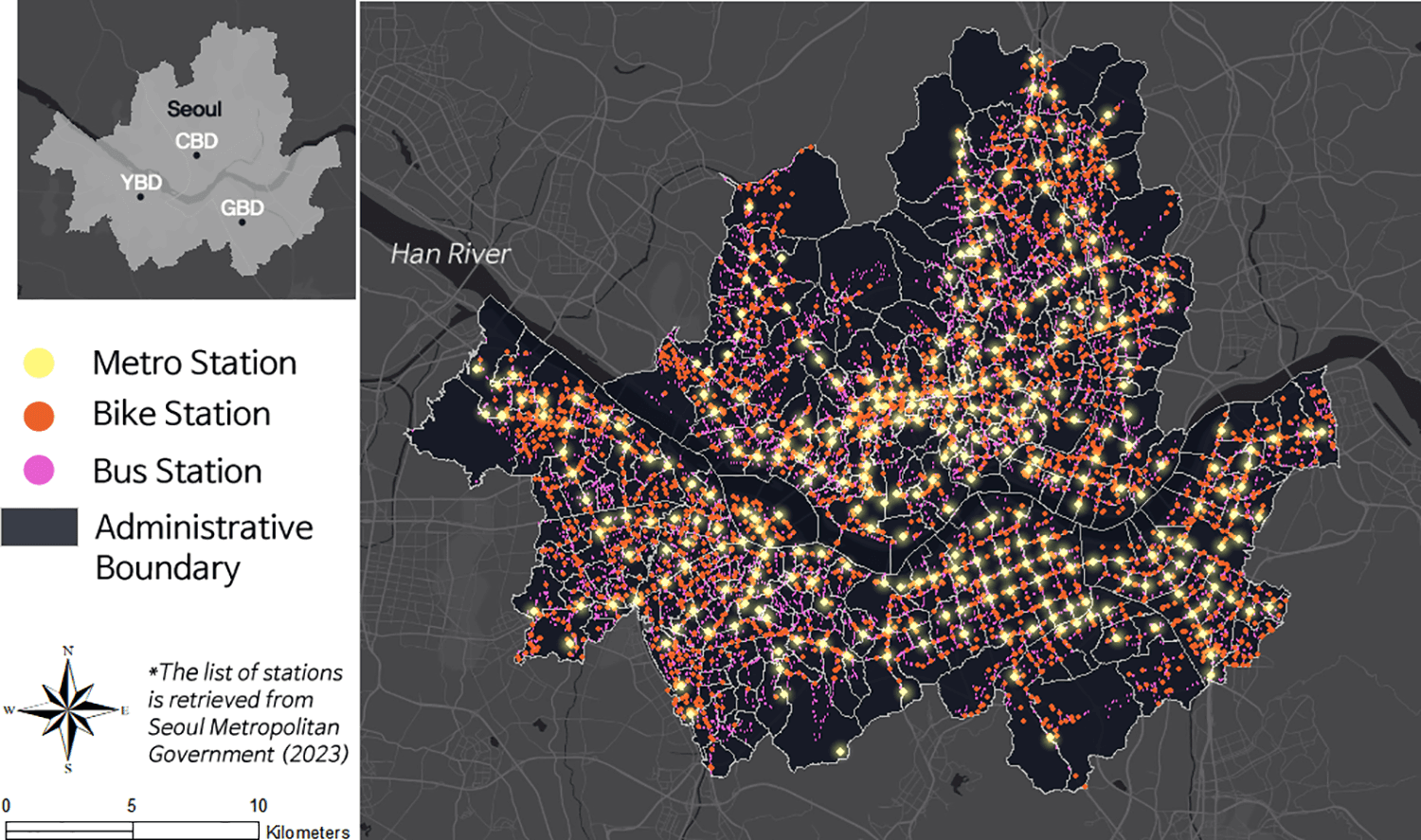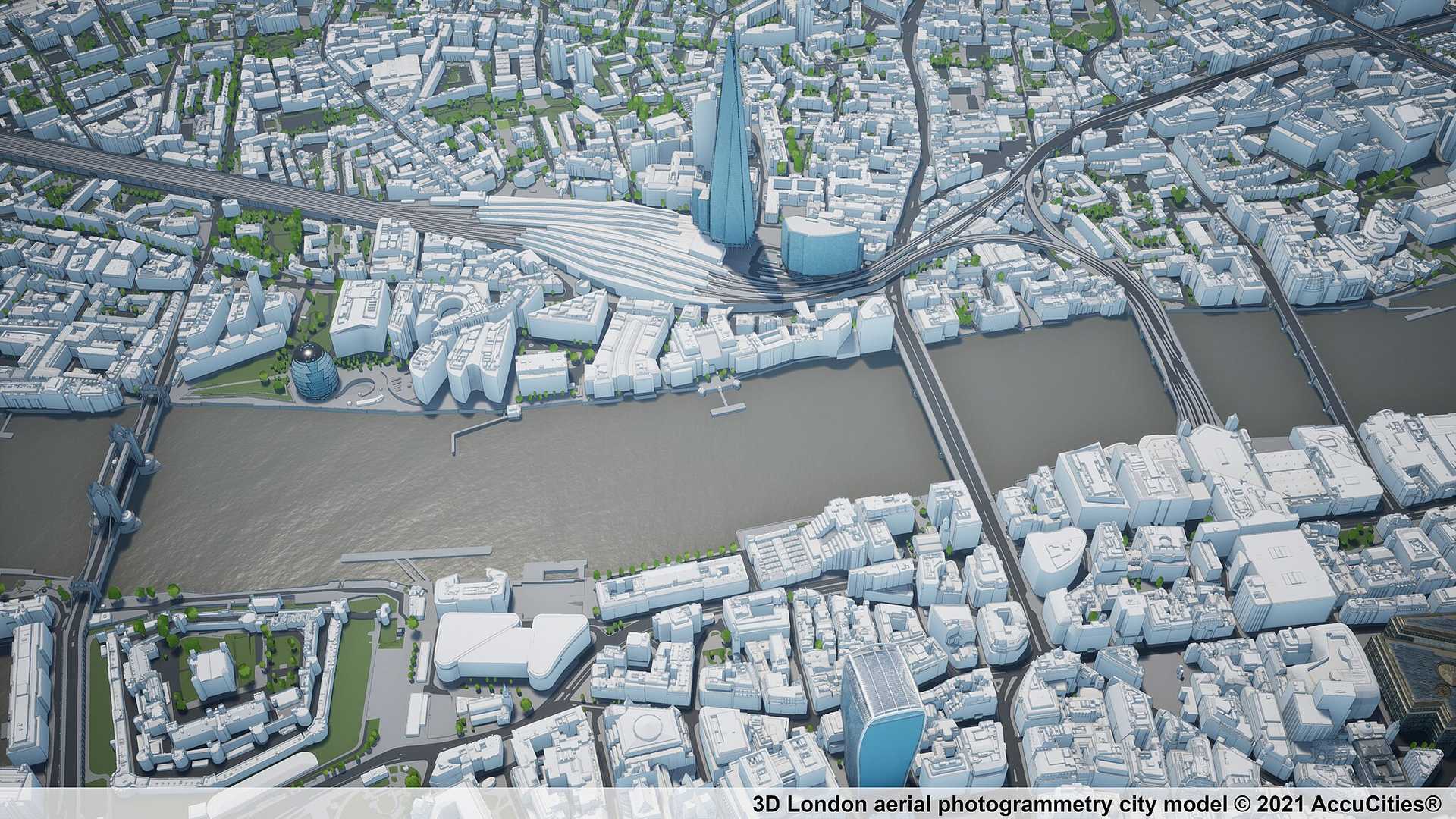
Abundant scenarios
From scarce to plentiful futures.
How likely? How soon? What impact?
A major obstacle to using data-driven scenarios in urban planning is the cost and time involved in producing them. Over the next decade, however, AI-powered simulations will make it possible to generate and explore countless potential future urban scenarios quickly and affordably. Technologies like synthetic populations, photo-realistic image generators, and faster and more detailed physics-based models will enable urban planners to produce an abundance of detailed urban scenarios that were previously too time-consuming or expensive to create. These scenarios can better illustrate real-time changes in population, infrastructure, and environmental conditions.
This proliferation of scenarios will spur innovation in new styles of climate adaptaiton planning. Cities will be able to engage communities with a broader and more diverse range of possible futures, pressure test and iterate plans more rapidly, and understand and explain the costs and benefits of decisions more transparently.
Personalized Insights
How might this trend shape your future? Generate a set of personalized insights to explore challenges, opportunities, and potential innovations. Simply select a sector, occupation, and target year — then press the button and let our AI do the work.
Generator Settings
Signals
Signals are evidence of possible futures found in the world today—technologies, products, services, and behaviors that we expect are already here but could become more widespread tomorrow.
